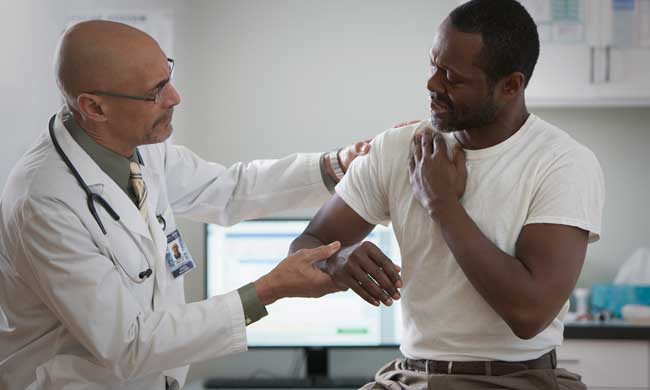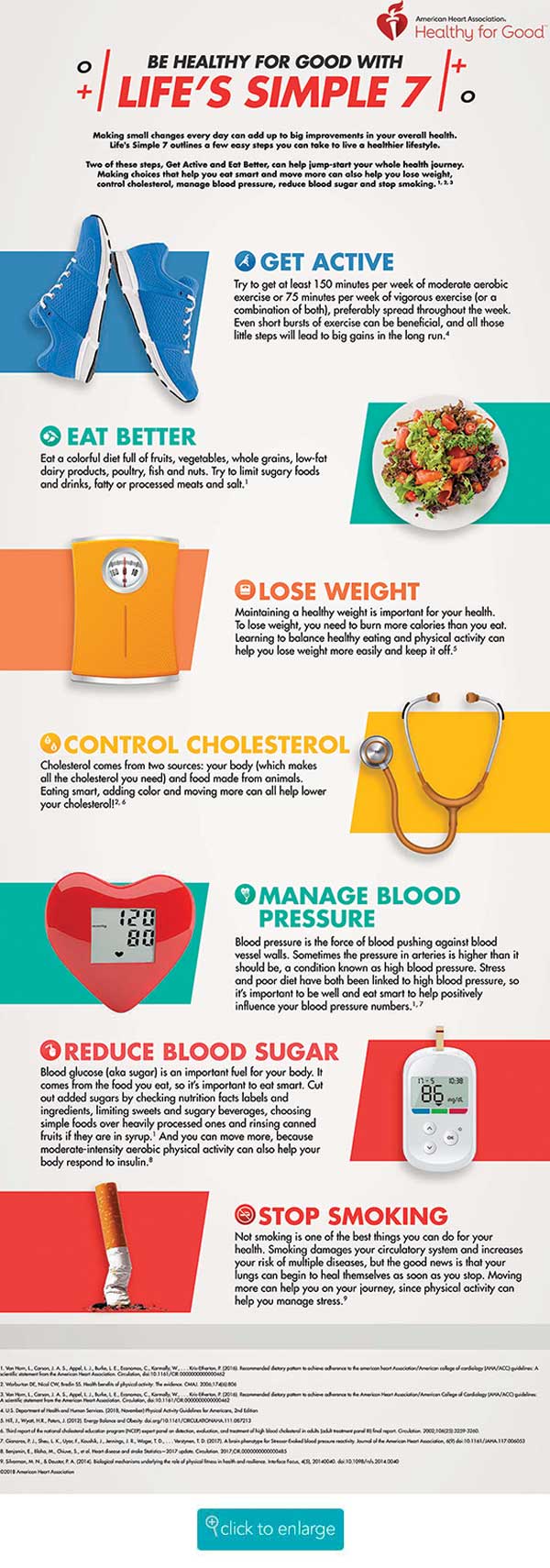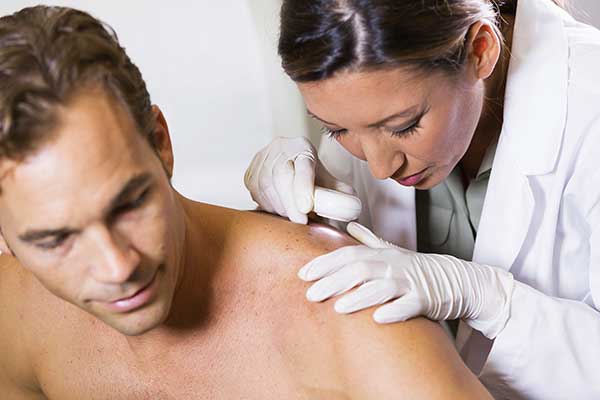One of our
deepest desire is for freedom: to be free of stress, anxiety, a frustrating
person, a difficult situation, financial struggles, health problems, the daily
grind, distractions, feeling inadequate. So many books,
products, and other paid solutions offer a version of this freedom. Escape.
Peace. Mindfulness. Simplicity. Self-esteem. A better relationship. Health and
fitness. Freedom, for a price.
One of the great
discoveries of my life is that this freedom is always available to us. In any
moment.
That might sound
obvious to some of you, but you’d be surprised at how often we forget this,
even after we discover it.
The Obstacle to Our Freedom
If freedom is
always available to us, why is it so difficult to find? It’s important to
bring awareness to the obstacle before we look at solutions.
Let’s imagine you’re in a
situation with someone who is absolutely frustrating you… you just want to get
away from them, to a place with peace and quiet, to
freedom from this frustrating person. What in this moment is preventing
you from feeling freedom?
It might seem like it’s the other person … but it’s
never really something external. They might be the trigger for how you feel,
but in reality, we are the ones who create the feeling of
frustration, through how we’re viewing the situation or other person.
Let me emphasize
that: how we view the other person, or the situation, creates our feeling of
stress, frustration, anger, disappointment. It doesn’t really
matter what the external situation is: some frustrating person, politics, a
sporting event, our own behavior. If a feeling of lack of freedom gets created,
it’s because of our view. This isn’t to
blame ourselves — we’re not doing anything wrong. It’s simply to bring
awareness to the cause of this obstacle. The liberating
thing is that if our views are responsible for this difficulty … we have the
power to change the situation! Always.
Creating Freedom in Any Moment
So let’s go back
to that moment when someone is acting in a frustrating way, and we just want to
get away from them, to peace and freedom …
In this
situation, we can absolutely create freedom for ourselves by getting out of the
situation, going for a walk, finding the freedom of nature. And in fact, I
highly recommend it in most cases.
But I want to use
this scenario to show that freedom can be had even without walking away. Simply
an illustration of the principle, not a recommendation to stay in a frustrating
situation.
So how can we
find freedom? Here’s a simple method that can be practiced:
1.
Recognize
that you’re frustrated (or stressed, disappointed, lonely,
etc). Let yourself feel the feelings, as sensations in your body. There’s
nothing wrong with how you’re feeling. Then bring
awareness to your view. The view that is causing the
frustration: “They shouldn’t act this way” or “They always criticize me, I
don’t know why they have to be so critical” or “I shouldn’t be such a
procrastinator, I suck!” We’re not criticizing the view, not even saying it’s
wrong … we’re just bringing awareness to the view that’s causing the lack of
freedom.
3.
Ask if the
view is helping you or serving you. If you’re
feeling frustrated or hurt, it’s probably not. Ask whether you’re committed to
staying this way, or if you’d like to change. If you’d like to change, move on
to the next step.
4.
Loosen your grip on the view. For example: Do you really know someone
shouldn’t act the way they should? Have you walked in their shoes? Do you know
how everyone should act? I personally don’t even know how I should act; let
alone how others should act. This kind of inquiry is not to tell ourselves that
our view is wrong — it’s simply to loosen our attachment to the view, to show
that there might be other possibilities. Is it possible there are other
perspectives? Other things you don’t know?
5.
Experience
the world free of views. In any moment, we can simply let go of
our views and see the world just as it is. See the objects, the light, the
colors and textures, the space of the world around us. See the other person
simply as a collection of matter and energy. Just experience the moment as
direct experience, not as part of a narrative that we have in our heads. This
is true freedom, and it’s simply being in the moment free of views, just
experiencing. It’s like when you’ve been out in nature, fully immersed in the
experience without really thinking anything, lazily lying in the grass staring
up at the trees and sky, floating in the ocean feeling one with the water, on
vacation in a hammock fully relaxed and without any worries. This is the
freedom available to us at any moment.
6.
Bonus: Bring
in a new, helpful perspective. First of all, you don’t need a
new perspective — freedom is experiencing the moment without views. That
said, sometimes it can be helpful to try out new perspectives! For example …
can we find gratitude for this person, or for ourselves? Can we see the gift
that they are, or that we are? Can we feel a connection to them, or find
compassion for the fear and pain they’re feeling? Could we bring curiosity or a
sense of exploration to the situation? This kind of thing isn’t always helpful
(for example, if you’re in danger or in an abusive situation, get away!), but
can very often be worth trying out.
This all takes
practice, obviously. You can’t do the last few steps until you start practicing
the first few steps. The last few steps can be a struggle when we’re really
strongly holding our views. Don’t worry too much about that, just keep
practicing!
The Power of Finding This Freedom
If we learn to
practice this kind of freedom in any moment, we start to have much more choice.
For example:
·
If we were thinking about breaking up
with someone because we’re tired of being in frustrating conflicts with them,
we might be able to let go of the frustration and find peace, even when they’re
upset. This might allow us to be more compassionate with them and could shift
the entire relationship. Not necessarily, but there is a possibility here.
·
If we’re frustrated with ourselves, it
can be the start of a kinder relationship with ourselves.
·
If we’re avoiding something, like doing
our taxes or budget, instead of avoiding it to be free of the stress … we could
actually find freedom doing the task. This allows us to find freedom in any
activity: exercise, cleaning, decluttering, writing, being in a meeting.
·
We can eventually be free to do anything:
launch a business, write and publish a book, put our creations on social media,
connect with people online, be on a stage, create a movement. Because the
things that were limiting us before are no longer limitations — we can be free
doing all of these things.
What would that
be like?






 Regularly checking your skin from head to toe can help catch skin cancer and other conditions early when they are most treatable. These simple steps recommended by the experts at the American Academy of Dermatology to perform a skin exam could help you detect a condition early:
Regularly checking your skin from head to toe can help catch skin cancer and other conditions early when they are most treatable. These simple steps recommended by the experts at the American Academy of Dermatology to perform a skin exam could help you detect a condition early:













